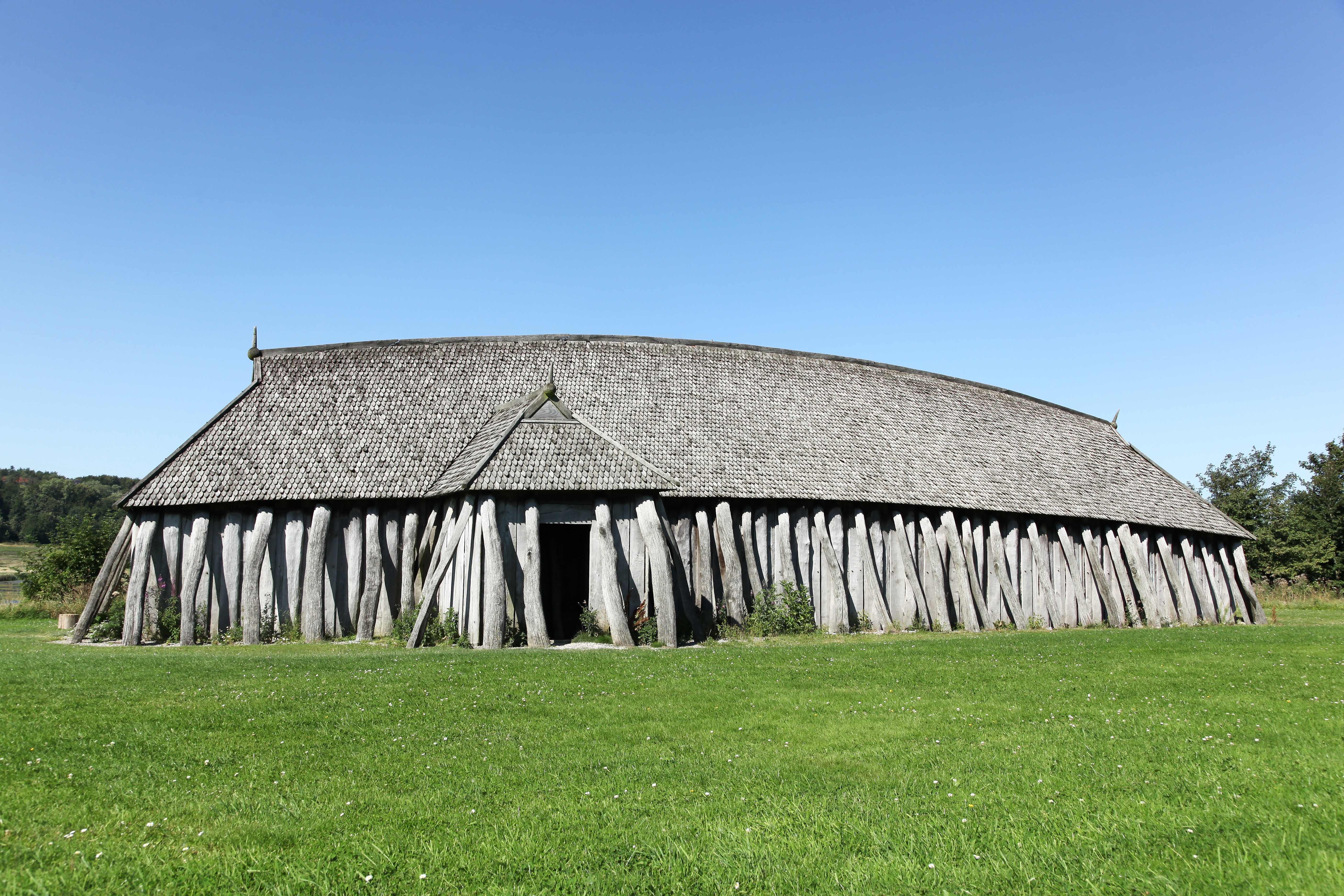
Viking Age: Everyday life during the extraordinary era of the Norsemen, by Kirsten Wolf, provides a good overview of the Viking Age. The seven chapters discuss domestic, economic, intellectual, material, political, recreational, and religious life. I will paraphrase only a few of the author’s comments of particular interest to me.
Life expectancy, family structure, rights of women
Average life expectancy was something in the range of 30 years to 40 years. This means only a few people lived long enough to become a grandparent.
Author points out women had far more rights in Scandinavia during the Viking Age than typical for the medieval era. They could divorce and had inheritance rights.
Combine this with men being gone for a long time on raids or trading expeditions and one of the consequences is that marriage was more of an economic partnership than a patriarchal system. When men were gone for an extended period of time, the wife would have to tend to all aspects of running the homestead.
Another consequence of the low life expectancy is the nuclear family (home occupied by parents and their children) was the norm instead of an extended family (multiple generations within one household).
In another respect the gender roles were more traditional in terms of what we see looking across history. Author’s comment that women essentially managed the family’s matters inside the home (food preparation, making clothes, raising children) while men were responsible for everything outside the home (farming, tending to the animals). Men represented the family in the outside society. Only men, and freemen at that, could speak at the assemblies.
Author mentions two separate Muslim observers commented on the higher level freedom women had in Scandinavia than what they were used to in the Muslim world.
Update: Comment in another book, Vikings: Raiders, Traders, and Masters of the Sea by Rodney Castleden, fits in here. The author there says that most Scandinavian men did not go on raids. Those who did probably only went a-viking once or twice.
A small portion of men fell into the category of what the author describes as professional warriors.
That Great Army that meandered all around England for 15 years starting in around 865 A.D. is an exception to the norm. Other resources say that army consisted of a large number of individual groups that joined or departed as each saw fit. The point is a large army of many thousands of warriors on campaign nonstop for many years is very rare.
Back to comments of interest in Viking Age.
Other tidbits
Measuring time
Author points out years were measured in terms of the time of light, or summer, and a time of darkness, or winter. Mid-April to mid-October was summer. Mid-October until the next April was winter. The new year was measured from start of winter which led to the practice of giving one’s age in terms of the number of winters one had lived.
Weights
The system of weights for most of the Viking Age was:
- 1 mork = 8 aurar -= 24 ortogar = 240 pennies.
At a later time I will convert that into ounces.
Soapstone
Book provides background on soapstone, more technically steatite, which is a rock that is very soft when mined but hardens when exposed to the air. That made it ideal for manufacturing pots pans, molds, loom-weights, and other items necessary for daily life.